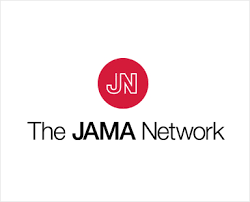Study: Adenotonsillectomy reduces healthcare use in children with mild sleep-disordered breathing
Editor's Note
Surgical removal of enlarged tonsils and adenoids significantly decreases medical visits and prescription use in children with mild sleep-disordered breathing (SDB), according to a March 17 study in JAMA Pediatrics. Supported by the National Institutes of Health (NIH), the study found that adenotonsillectomy led to a 32% reduction in healthcare encounters and a 48% decrease in prescription medication use compared to non-surgical management.
SDB, which affects from 6% to 17% of children in the US, includes symptoms ranging from loud snoring to occasional breathing pauses. According to the NIH, adenotonsillectomy is a common treatment for moderate to severe cases, but its benefits for mild SDB have been less clear. Previous NIH-supported research has linked the surgery to lower blood pressure and improved sleep quality in children with mild SDB. The latest study aimed to assess whether surgical intervention also reduces healthcare utilization compared to a watchful waiting approach with supportive care.
Researchers analyzed data from a randomized clinical trial involving 459 children aged 3 to 12 who were followed for 1 year across seven US academic sleep centers. Half underwent adenotonsillectomy, while the other half received supportive care, which included sleep education and referrals for allergy or asthma management. The study found that children who had surgery had significantly fewer office visits and outpatient procedures, particularly for sleep- and respiratory-related concerns. They also required fewer prescriptions for pain, skin, and respiratory medications.
For every 100 children who underwent adenotonsillectomy, there were 125 fewer medical visits and 253 fewer prescriptions filled within a year compared to those who did not have surgery. These findings suggest that early surgical intervention for mild SDB may lead to meaningful reductions in healthcare use, though the precise mechanisms behind these improvements remain unclear.
Read More >>

 Free Daily News
Free Daily News